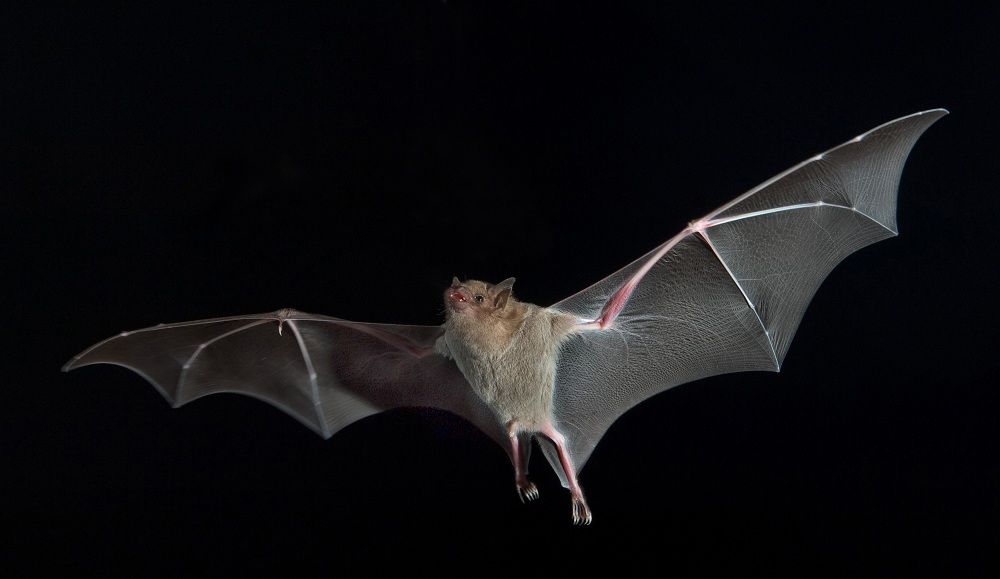LOON MIGRATION
Loons migrate because they need open water to survive, only eat fish/aquatic animals and need open water to become air borne (WING FLAPPING AND RUNNING ON TOP OF THE WATER FOR FLIGHT). Then if their lakes freeze, they won’t be able to eat, will become trapped and eventually die. Prior to migrating south, those beautiful black and white feathers (EXCEPT FOR THEIR WING FEATHERS) are replaced with their grayish/brown winter plumage.
Wisconsin and Minnesota DNR teamed up to learn more about Loon migration by using transmitters and tracking locaters and so far, they learned Loons use two migration routes. 1) crosses south/west of the Appalachian Mountains to the Gulf of Mexico and
2) crossing south/east of the Appalachians to the southern Atlantic coast, and they also know what large lakes and rivers they use as rest stops. The DNR also learned, adult Loons leave before the young loons. Juvenile loons stay behind to gain strength and to give their flight feathers time to grow to support their weight.
There are things still not known, like how juveniles know when to migrate, know where to migrate to and why the young Loons stay in their wintering grounds for 2 to 3 years. I find it interesting that Loons are very territorial (WILL FIGHT TO THE DEATH) but will congregate together in large numbers on a lake called RAFTS before making their journey, travel together and even winter together. Loons can fly at speeds of 65 to 75mph and can travel 350 to 500 miles in two days. Some people may not give this a second thought, but these big birds amaze me, because they are over 24 inches long, weigh (9 TO 14 POUNDS) and because of their weight, they cannot glide/soar, so they’re constantly flapping their 50-inch wings to stay airborne.
When loons finally arrive at their winter home, they once again have open water to dive under water to retrieve a meal, but instead of fresh lake water they are now swimming in the ocean. Here’s another astonishing fact. Loons have a saltwater gland that removes the salt from the water AND fish they eat, then discharges the salt from ducts in their beaks. Come late winter, Loons will molt again getting their breeding (BLACK/WHITE) feathers back. During this 2 to 3-week molting process, Loons are stressed, they can’t fly and lose energy to defend against toxin that is stored in their body fat, but then will soon start migrating back to their Northwoods lake for the summer.
LIKE MANY PEOPLE, I LOOK FORWARD TO SEEING MY FIRST LOON COME SUMMER, BUT I WILL MISS THAT EERIE CALL THAT ECHOS ACROSS THE LAKES UNTIL THEN.




